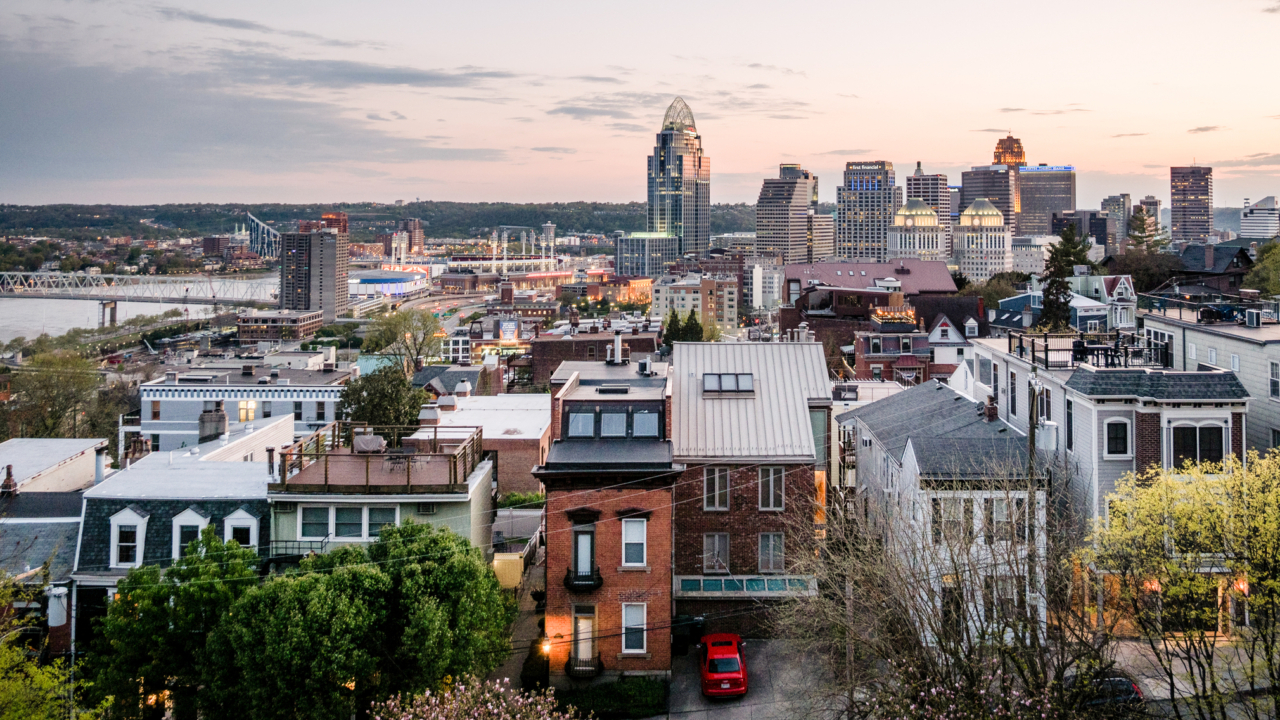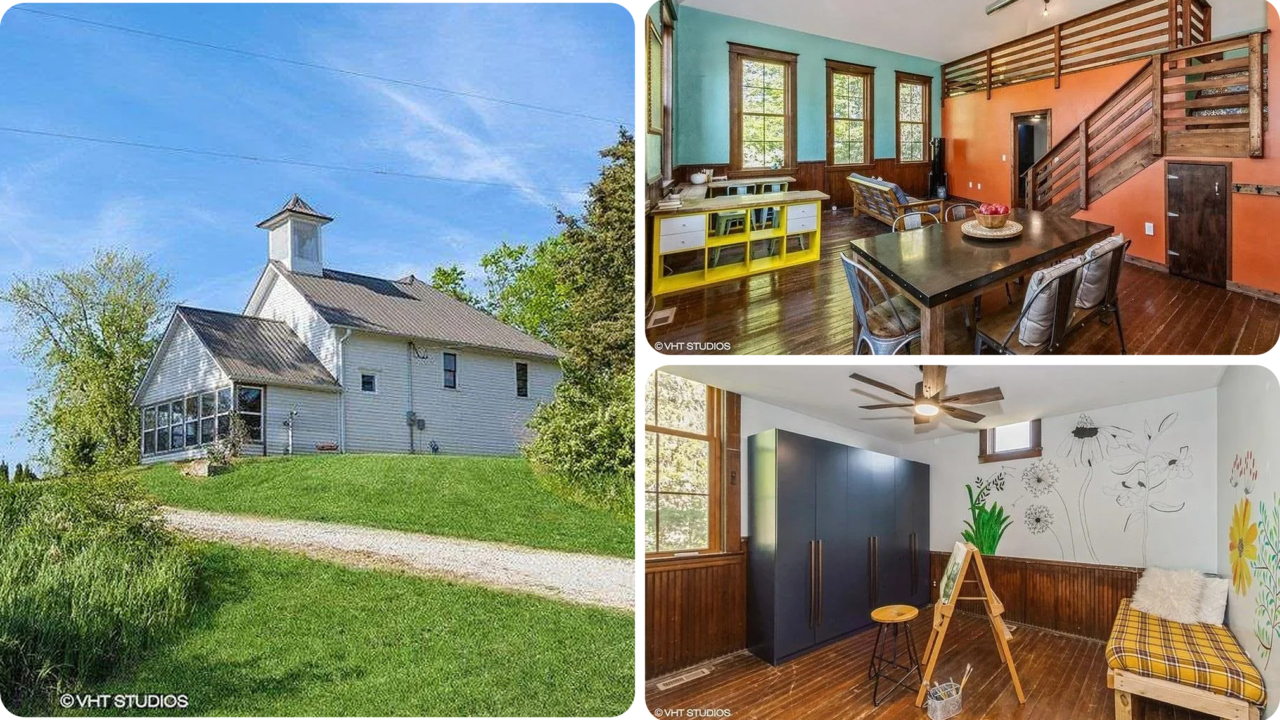Tudor Revival Architecture: A Modern Twist on the Medieval
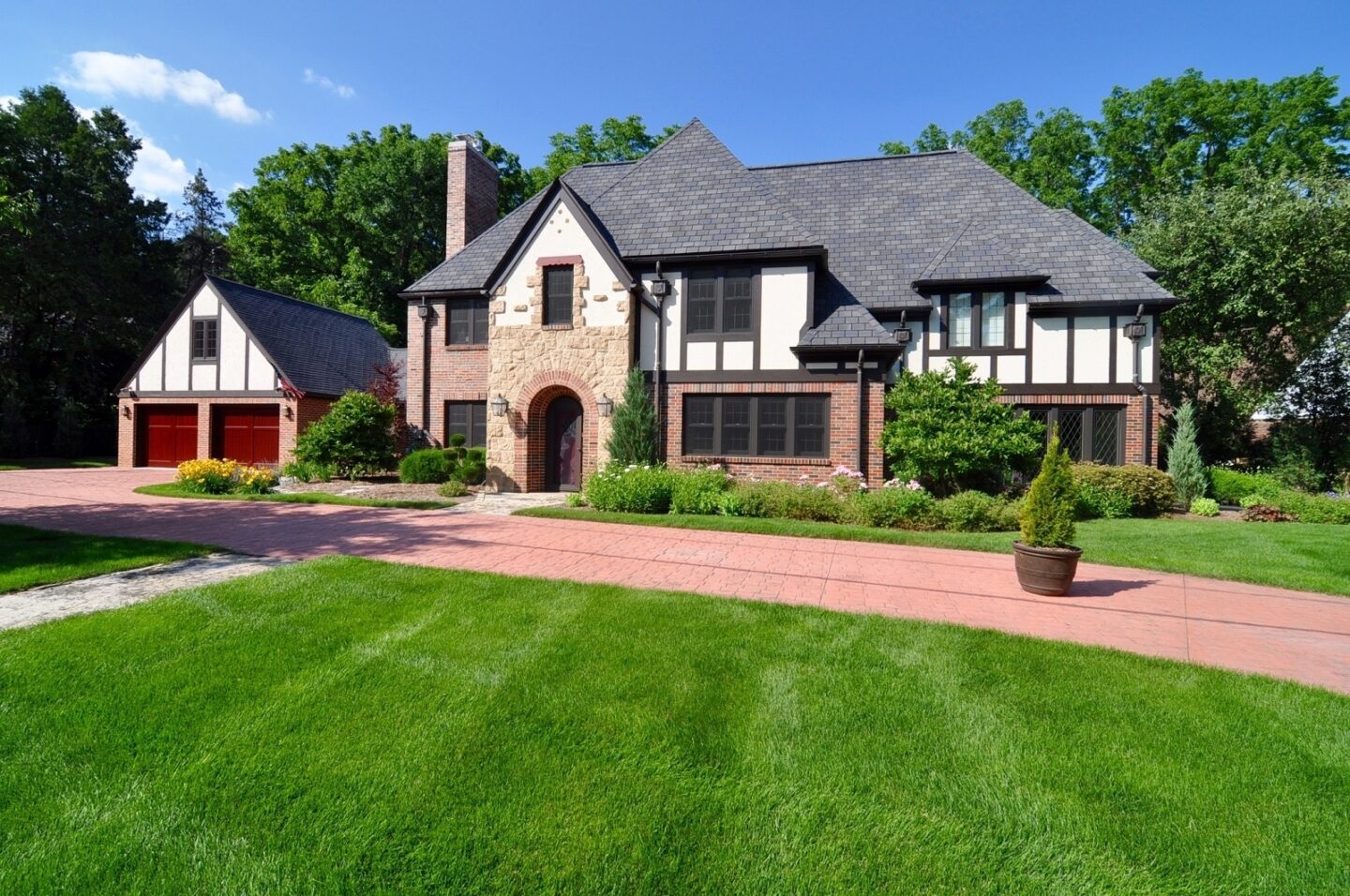

Like Gothic architecture, the Tudor building style dates to the Middle Ages, a time that anyone who watches "Game of Thrones" can attest was about stone, turrets and arches.
Also like the Gothic style, Tudor experienced a revival in England and the United States starting in the late 1800s.
Half-timbering
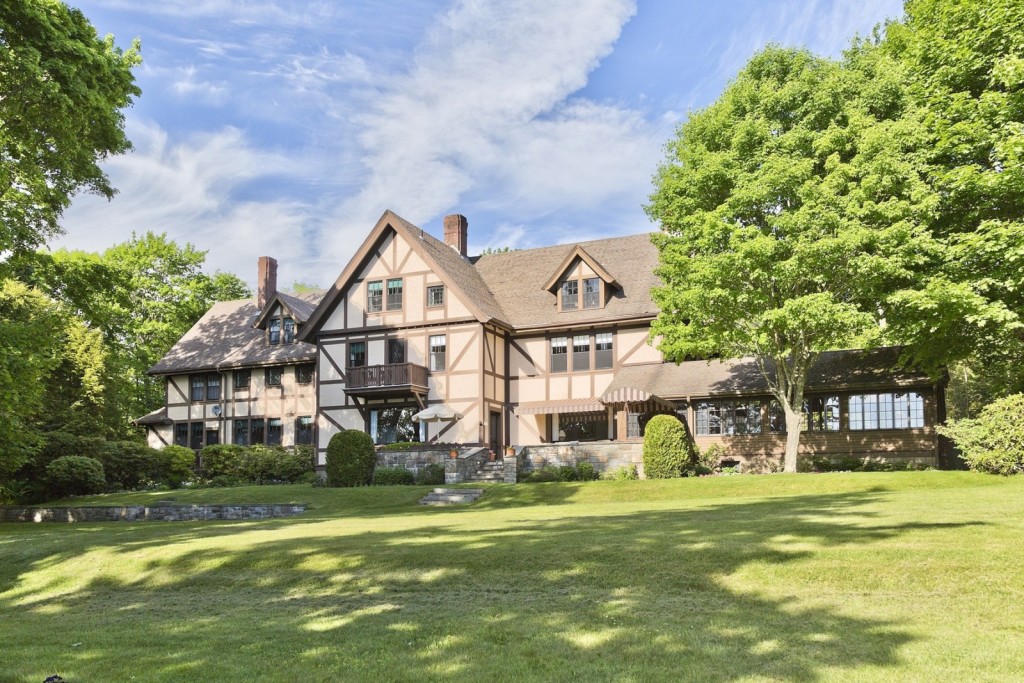
The original Gothic and Tudor styles were meant more for churches and college campuses than homes, but their revival periods brought distinct residential types.
For Gothic Revival, which came first, that meant steep roofs, fancy gables and arches coming together for a sort of gingerbread house look that also brings to mind Halloween and "The Addams Family."
Tudor Revival homes have castle-like elements as well, including battlements and stone trim. But they are marked especially by their massive chimneys and half-timbering -- essentially, exteriors of exposed wood frames.
Half-timbering existed during medieval times, but was eventually left to the lower classes as people with money began using brick.
A hit in suburbia
With the revival of Tudor architecture, half-timbering made an enormous comeback.
Dark, front-facing gables stood out on the exterior of many a suburban American home -- probably 25 percent of homes built during the 1920s, according to "A Field Guide to American Houses" by Virginia Savage McAlester.
Tudor home interiors do not always match their facades. When they do, they often mimic the castle motif, with hanging lights, stone and dark, exposed beams.
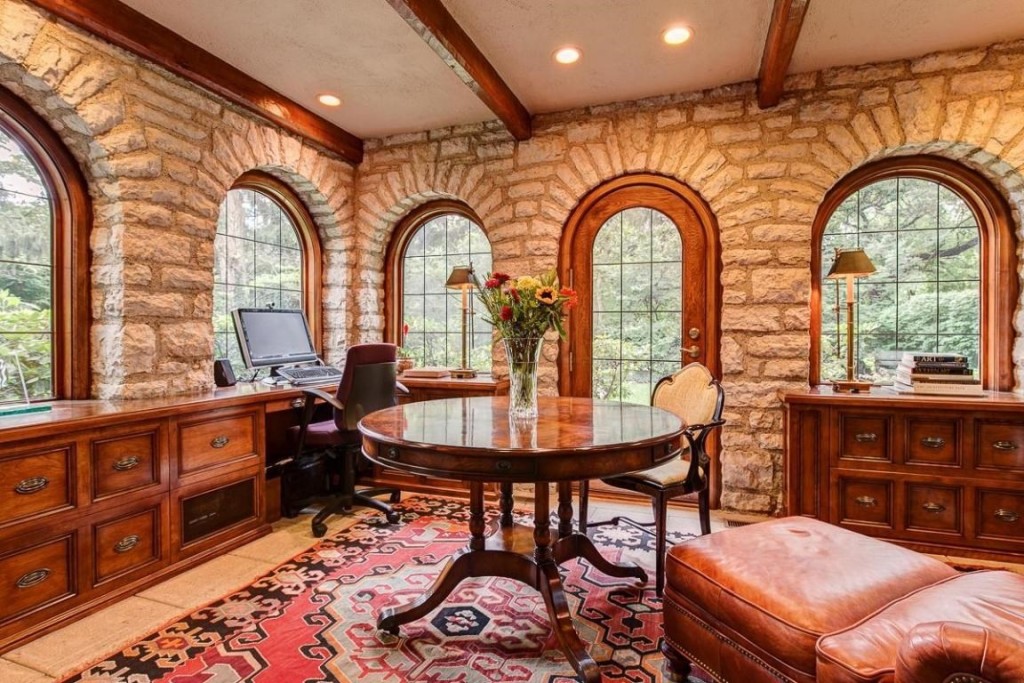
The light material between the gables is often stucco, a modern version of what in medieval times was called "wattle and daub" -- essentially wet soil, clay, sand, animal dung and straw. In some parts of the country, brick and occasionally stone are also used on Tudor facades.
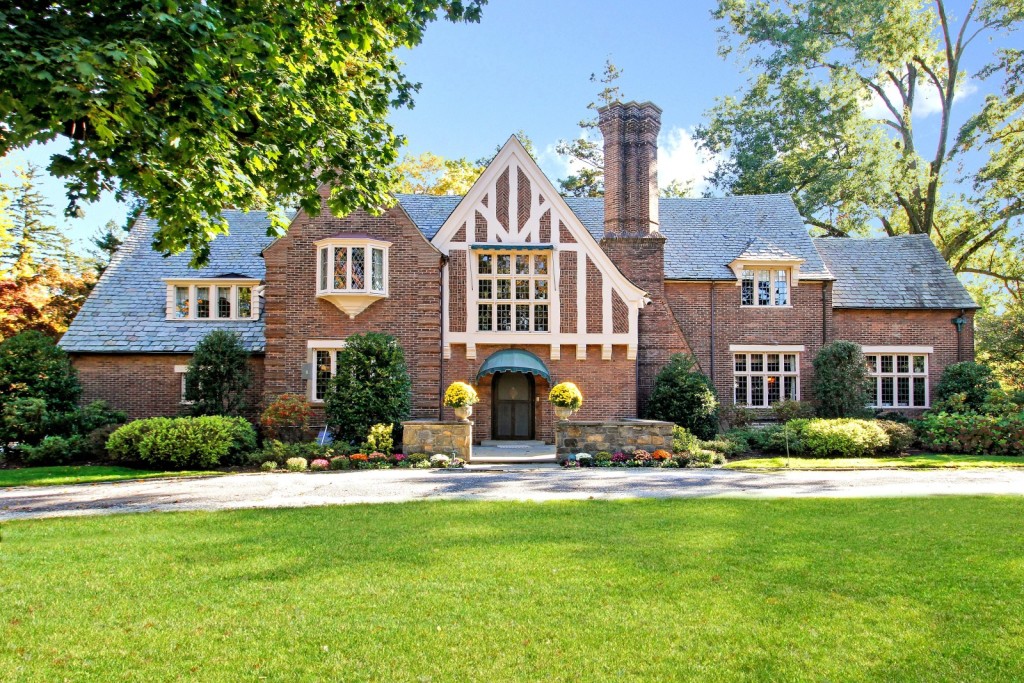
Sometimes called Stockbroker's Tudor, the style became simpler during the economic hardship of the Great Depression and eventually faded in popularity as French eclectic houses and eventually modern styles took hold, McAlester writes.
No historic precedent
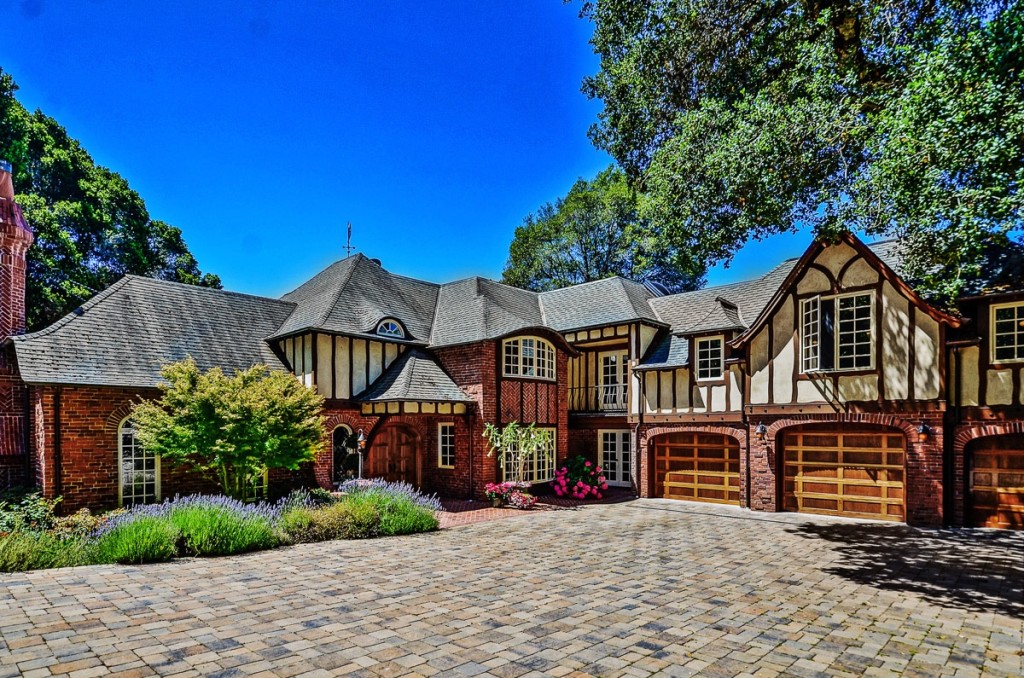
Although the style is called Tudor, it does not reflect much of what was happening during Tudor times in Great Britain, when steep roofs and front-facing gables were quite rare.
Because the homes more closely resemble those built during the reigns of Elizabeth I and James I, which are called the Elizabethan and Jacobean eras in English history, some architecture historians suggest renaming the style "Jacobethan," McAlester writes.
However, the Tudor name appears to have stuck, even for modern-day homes built using the half-timbered style and the hint of a castle about them.
Tags
How much home can you afford?
At Zillow Home Loans, we can pre-qualify you in as little as 5 minutes, with no impact to your credit score.
Zillow Home Loans, NMLS # 10287. Equal Housing Lender
Get pre-qualifiedA great agent makes all the difference
A local agent has the inside scoop on your market and can guide you through the buying process from start to finish.
Learn more
